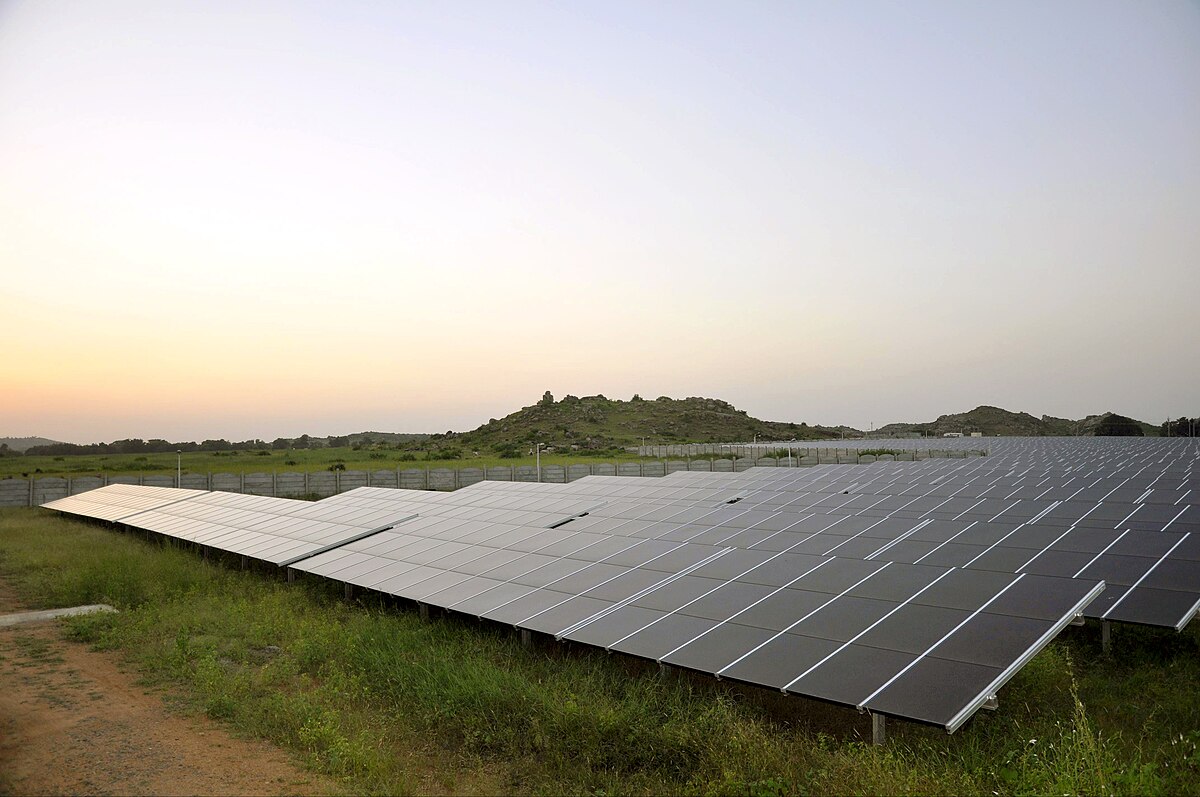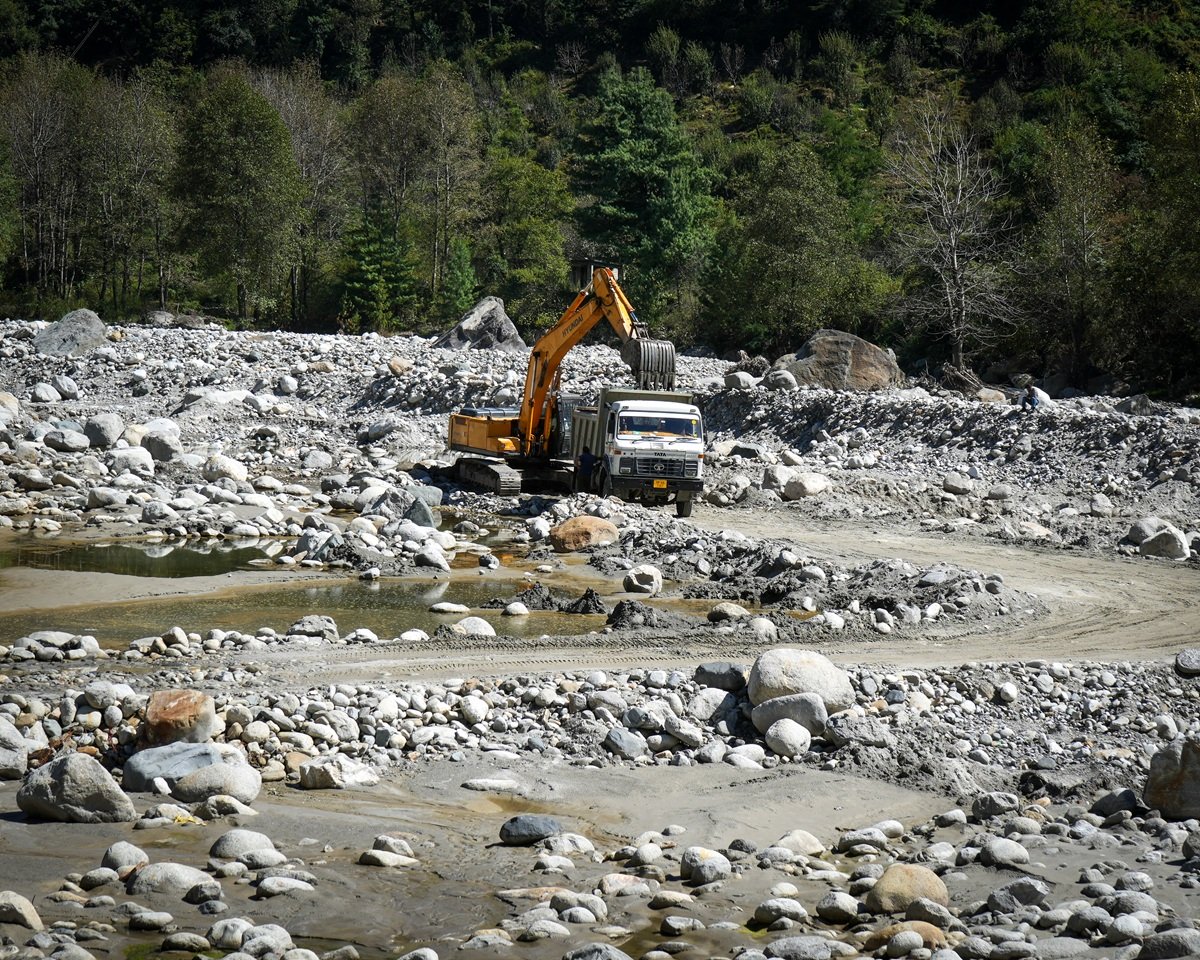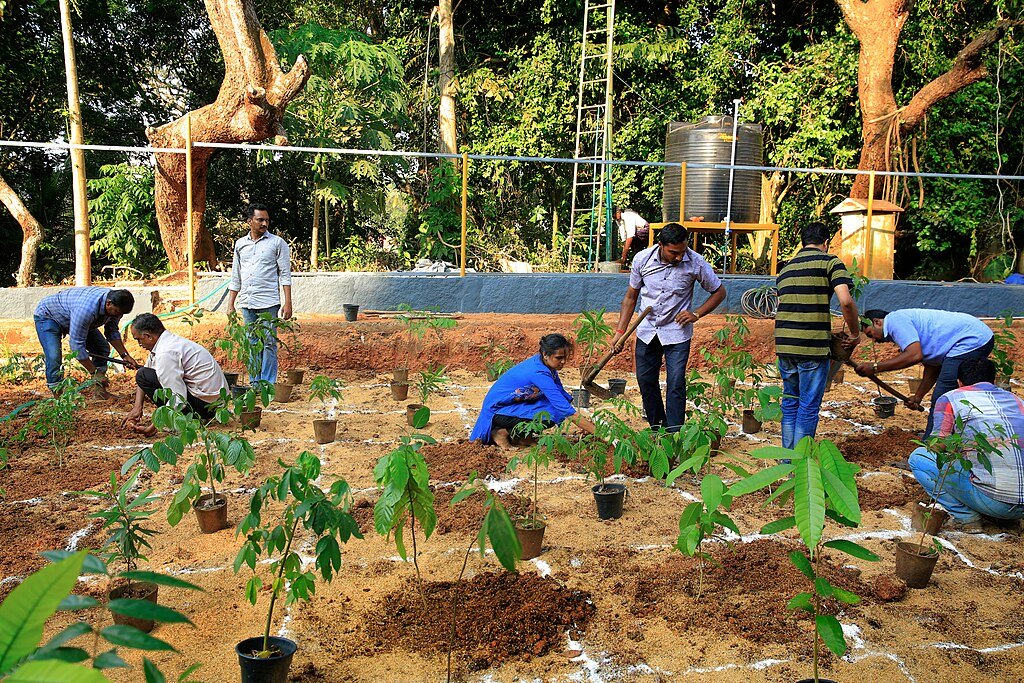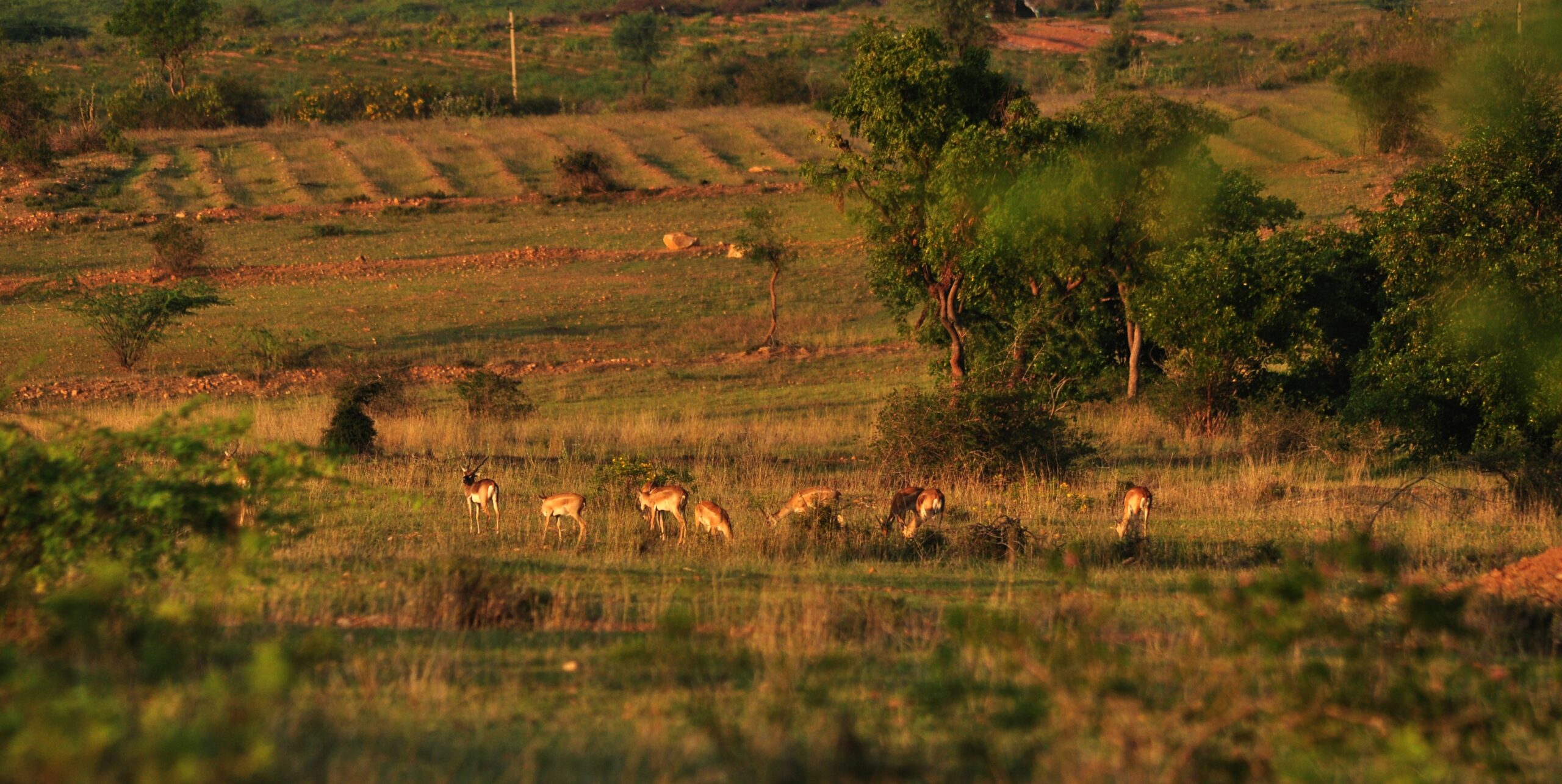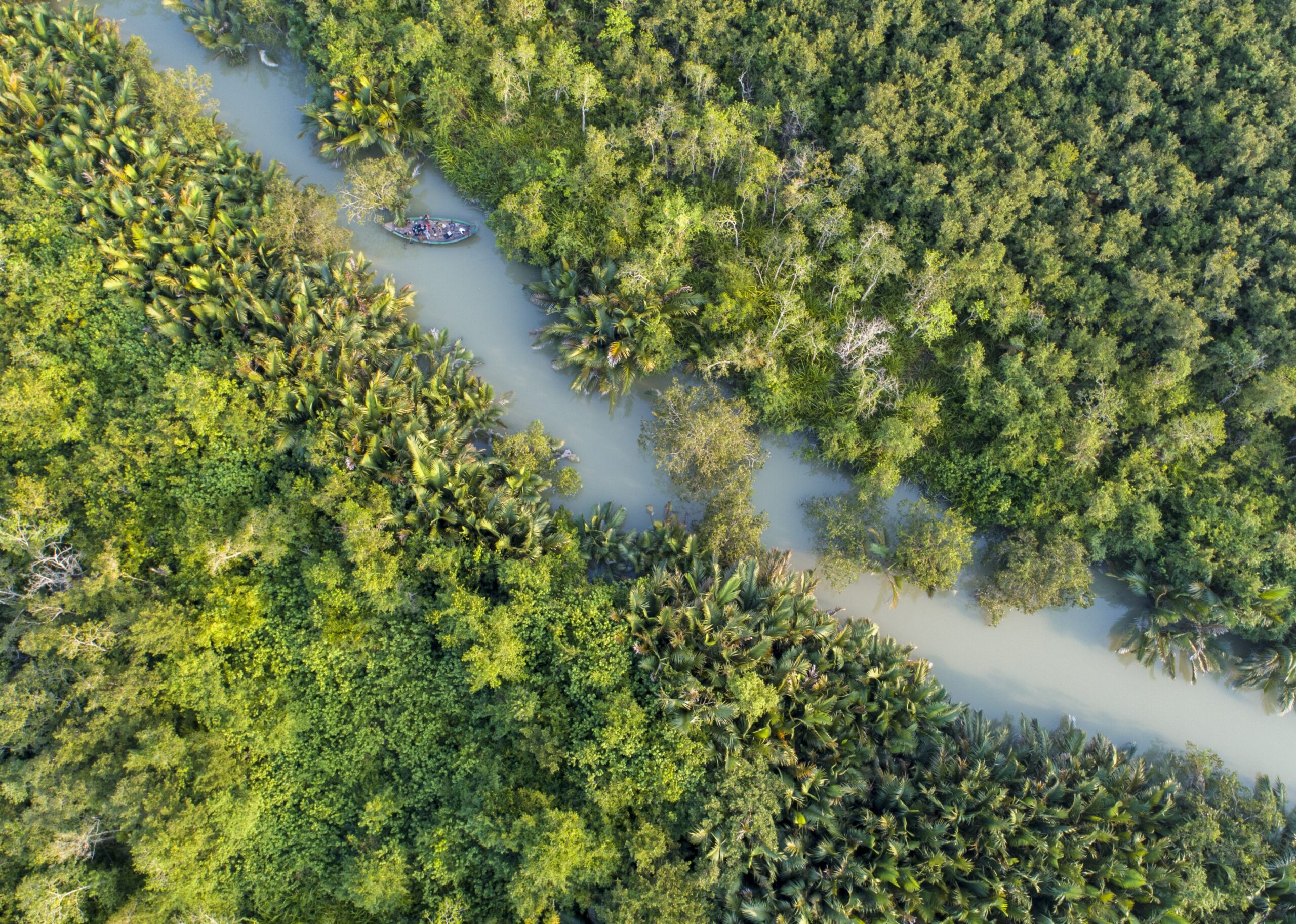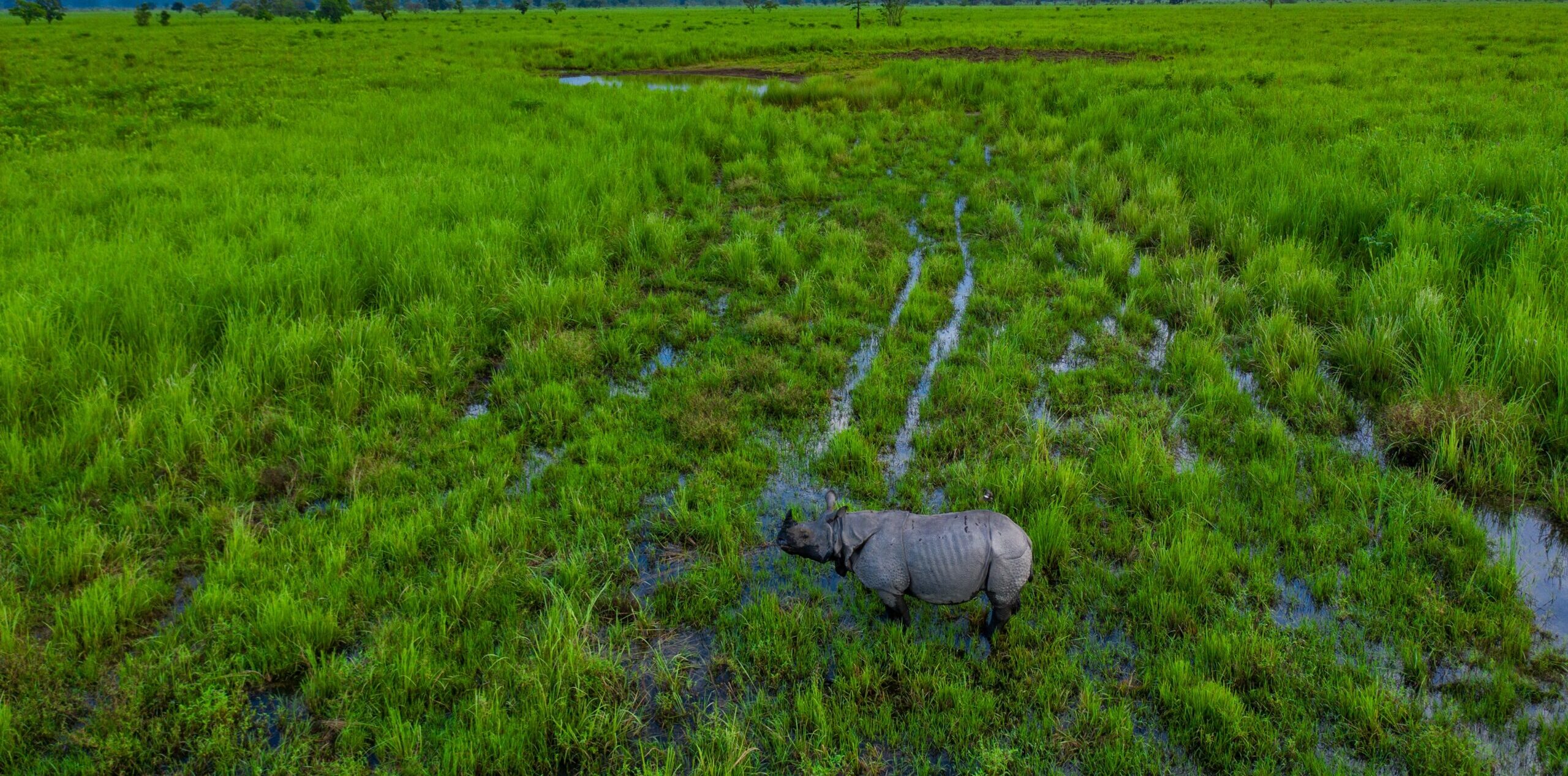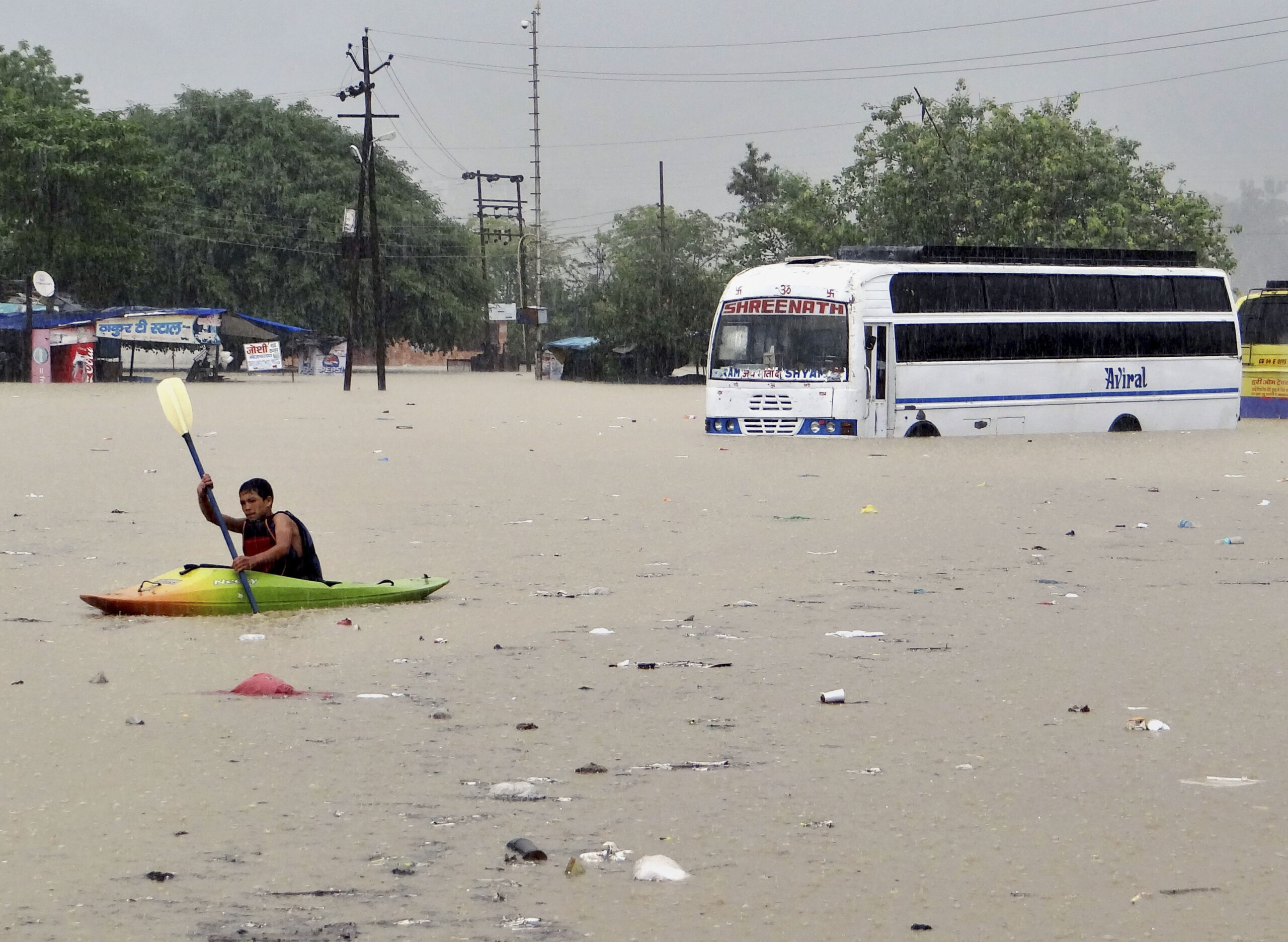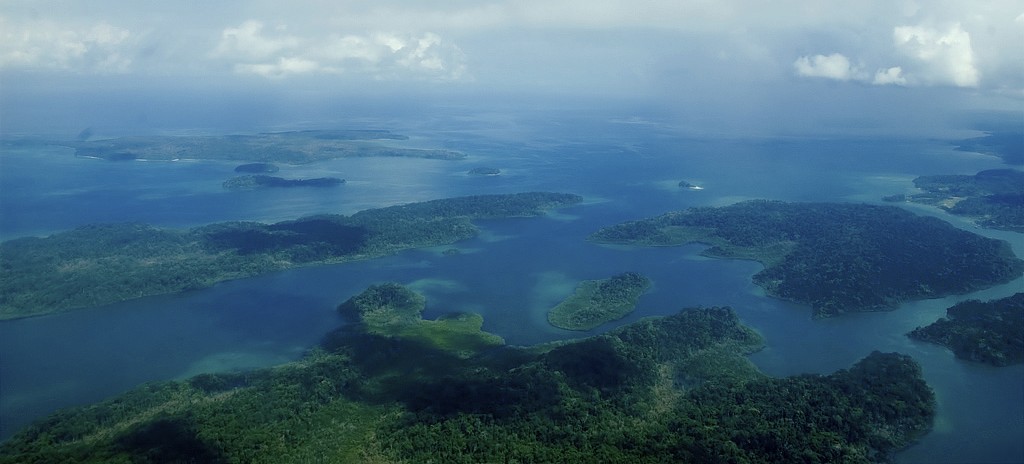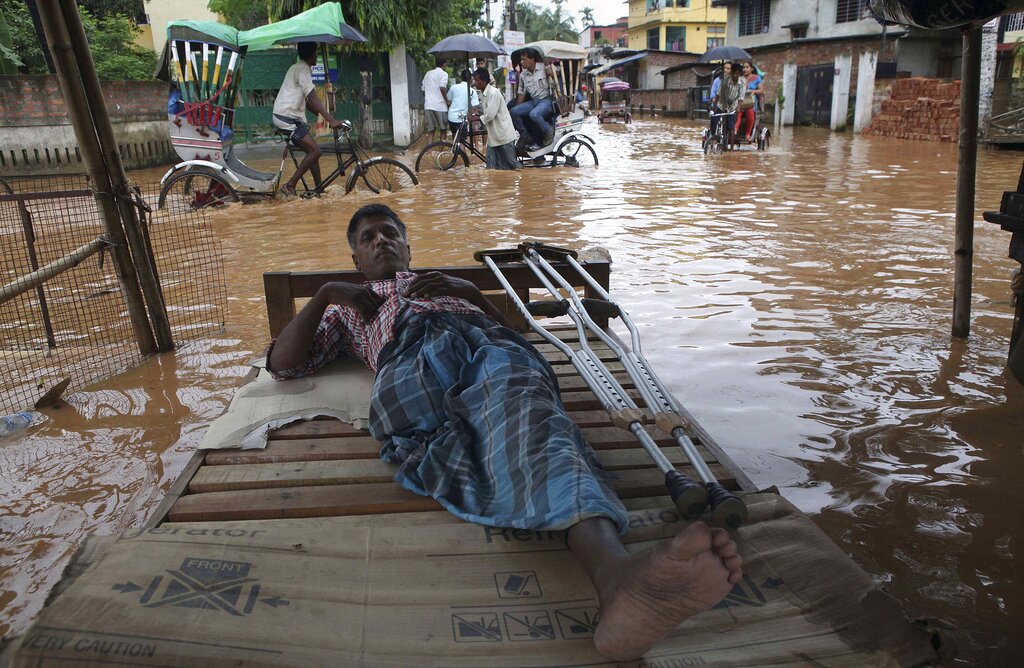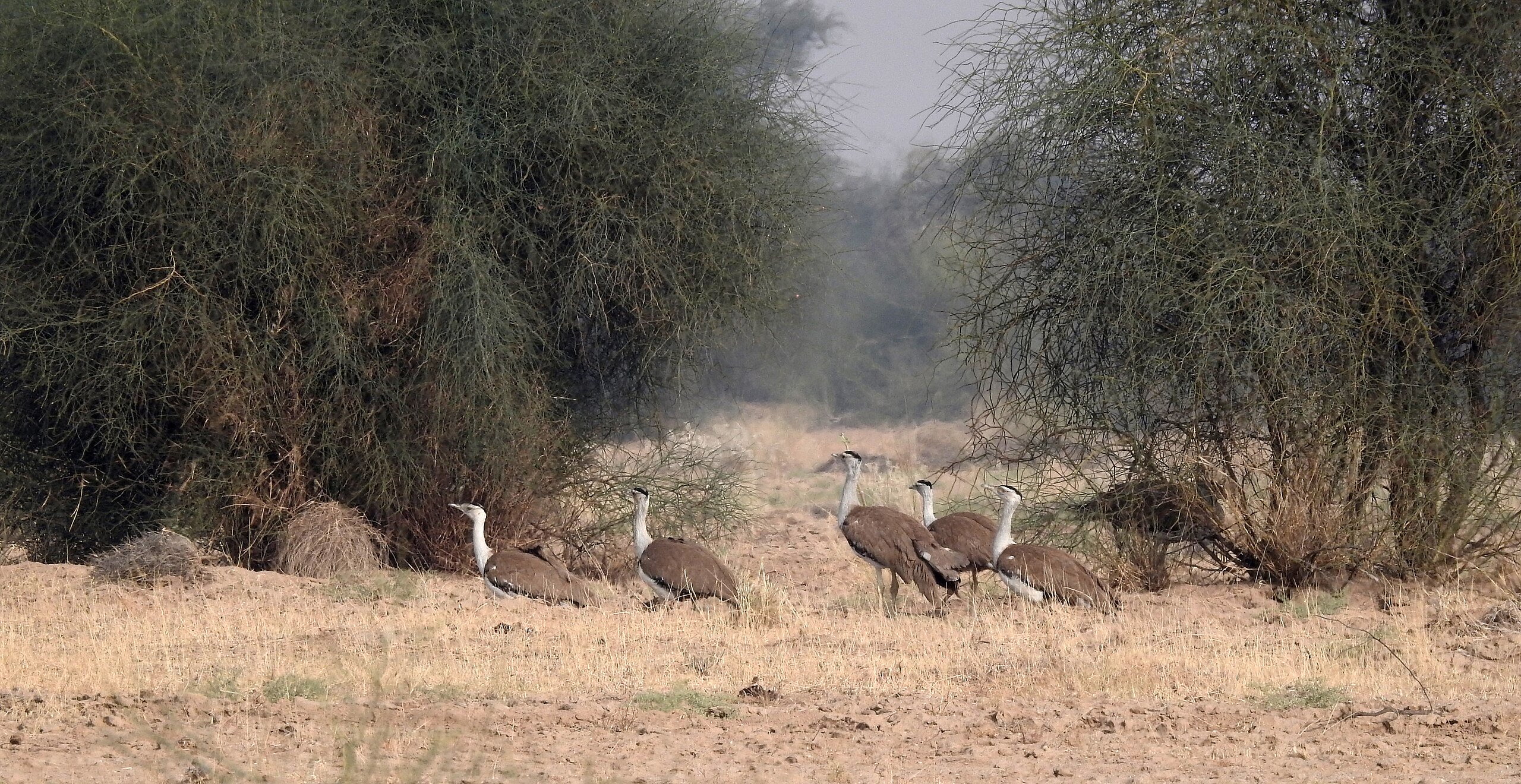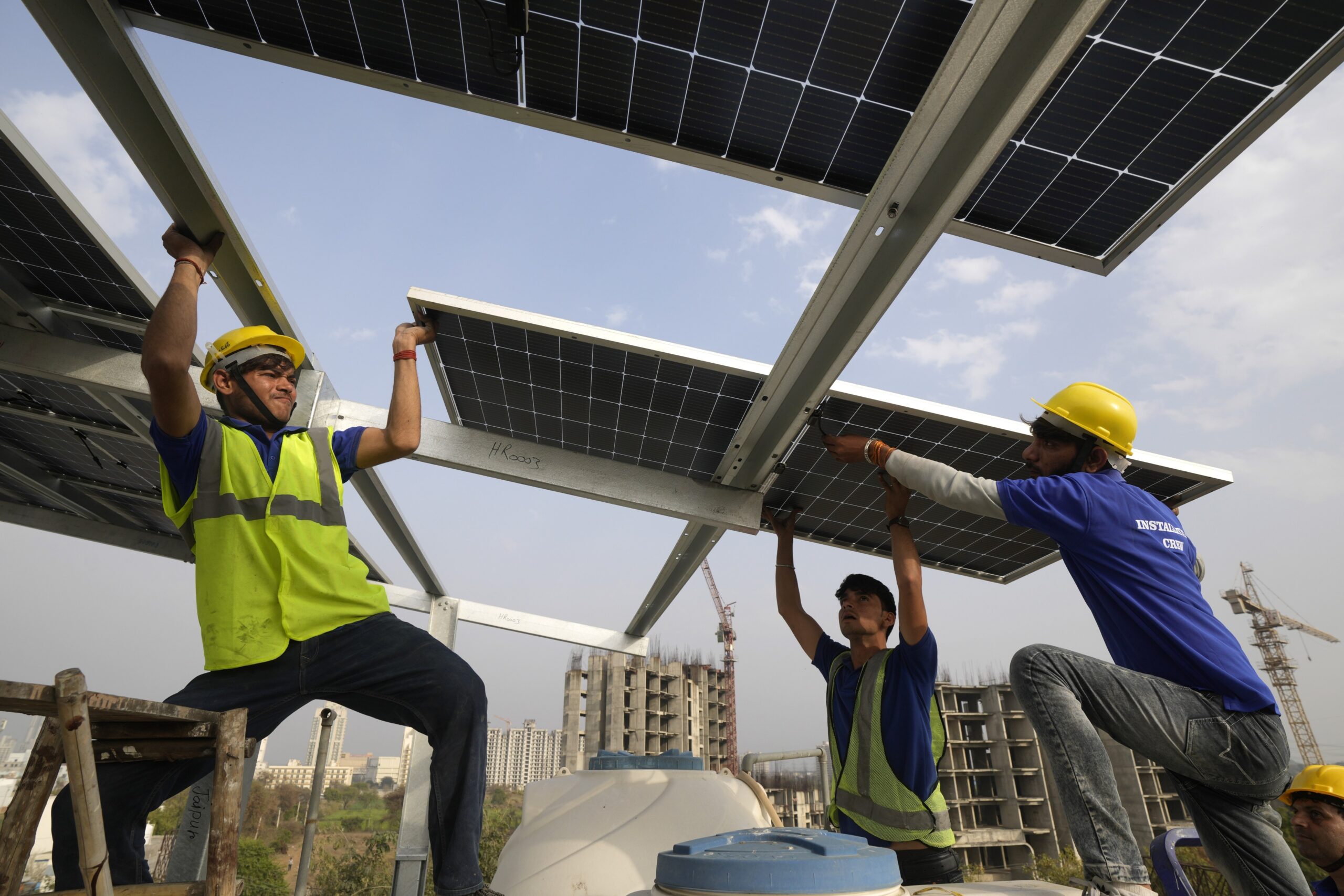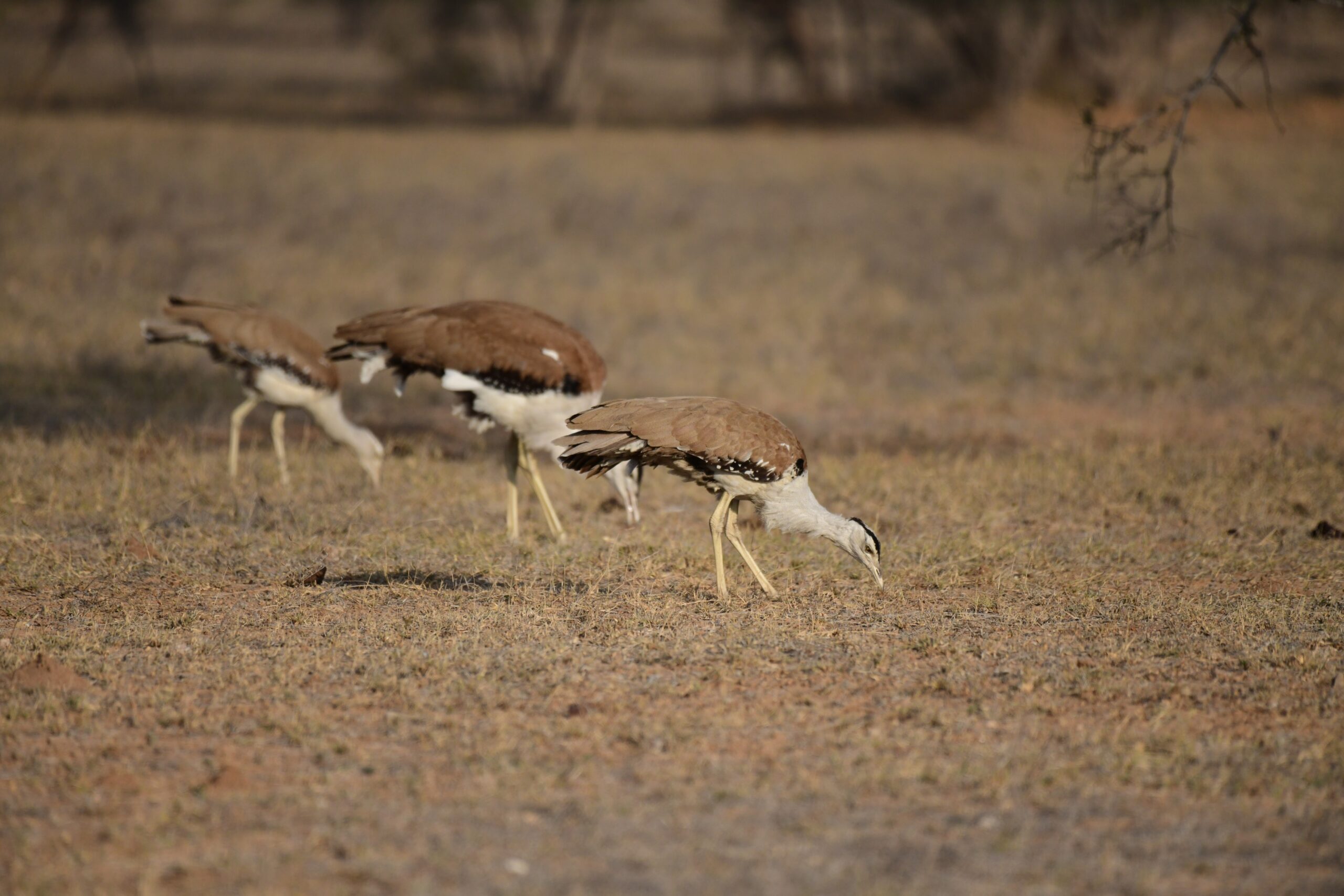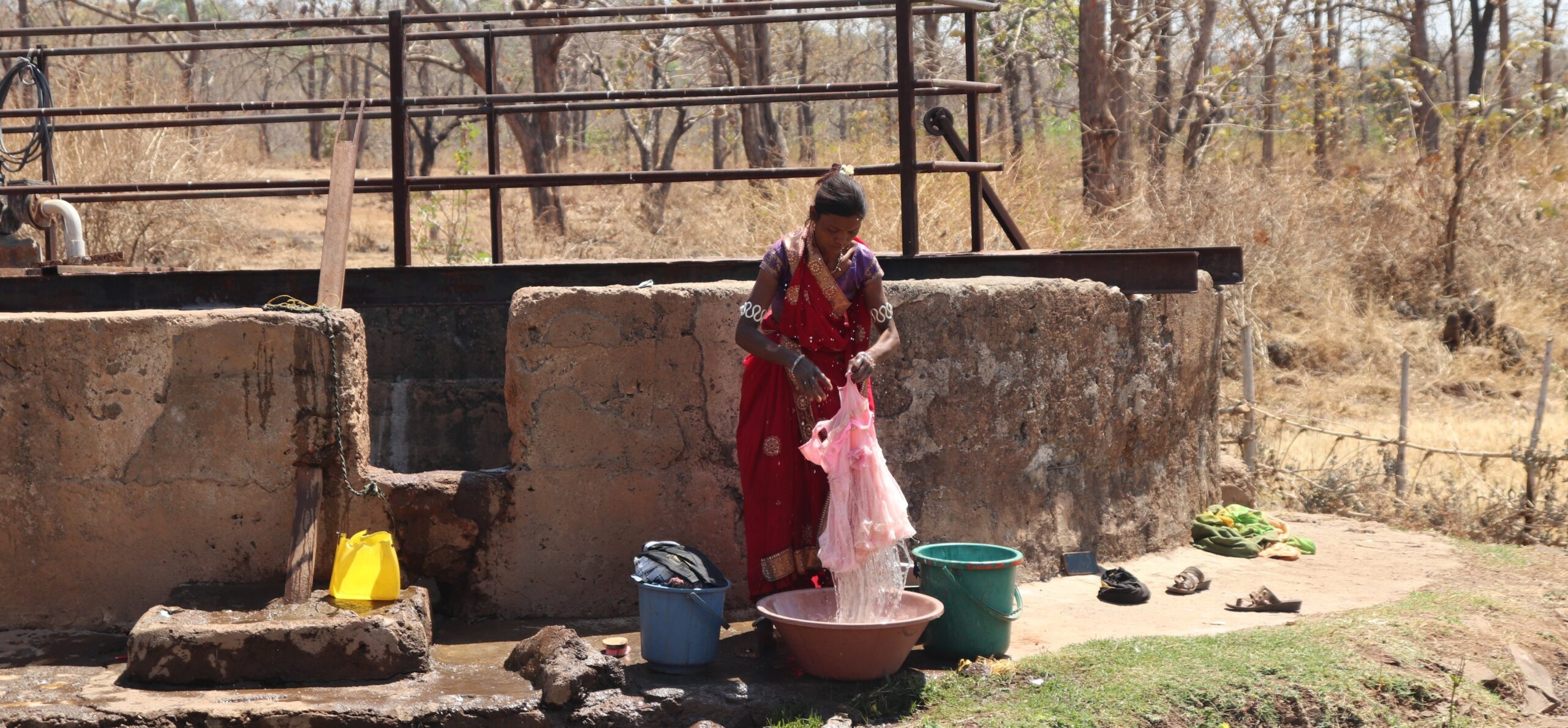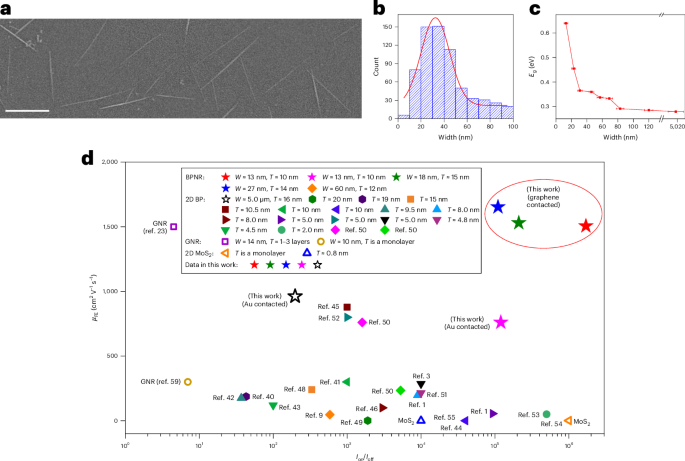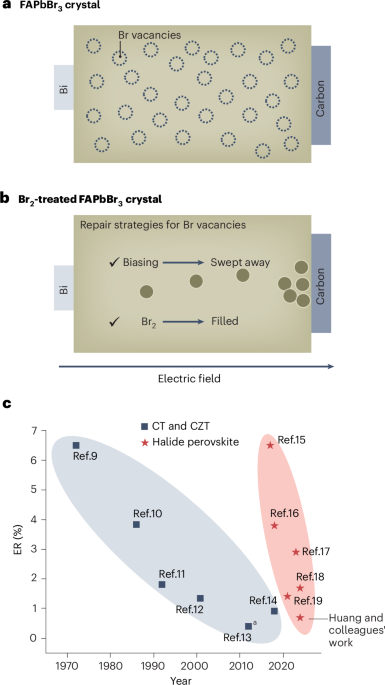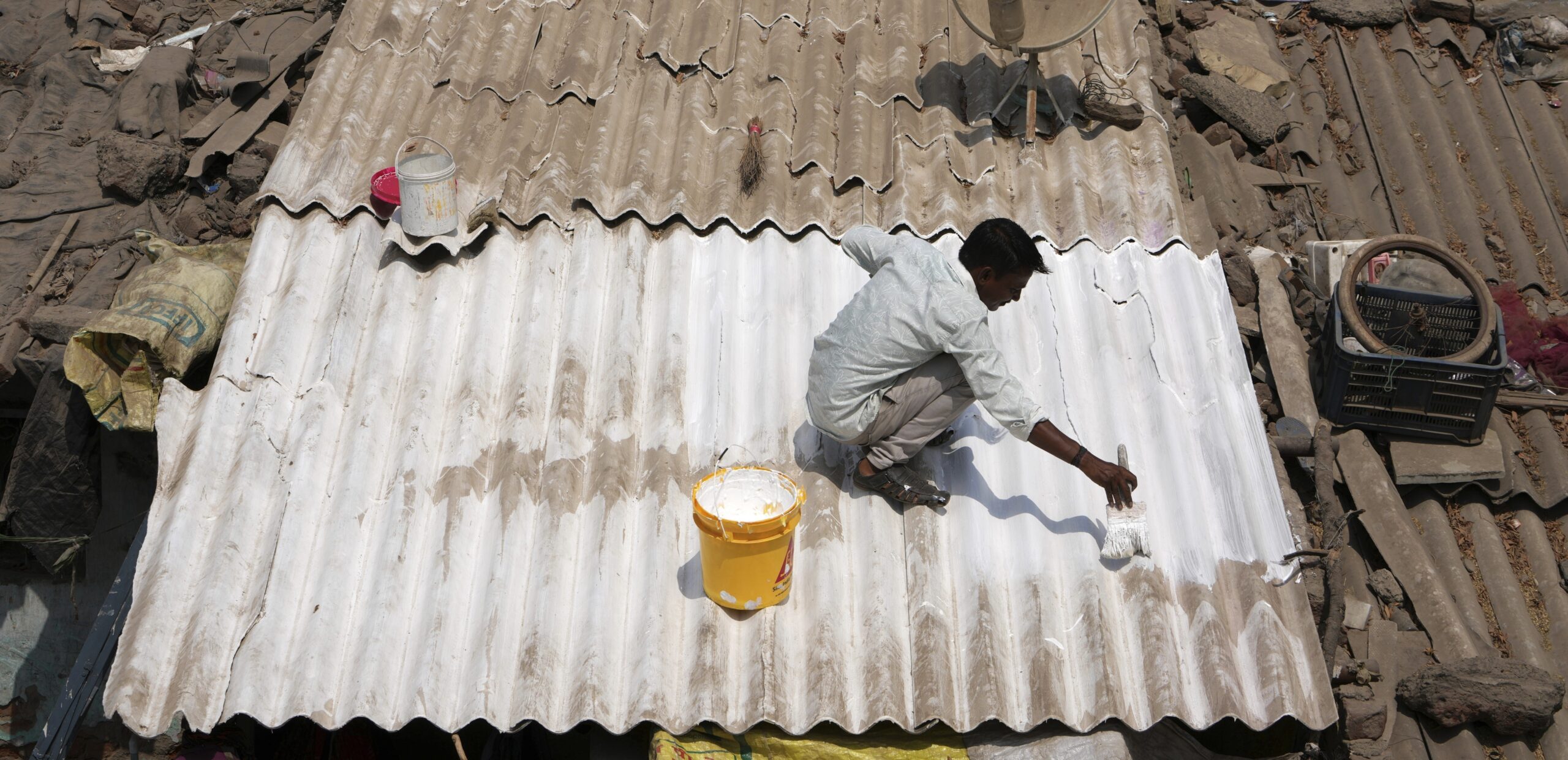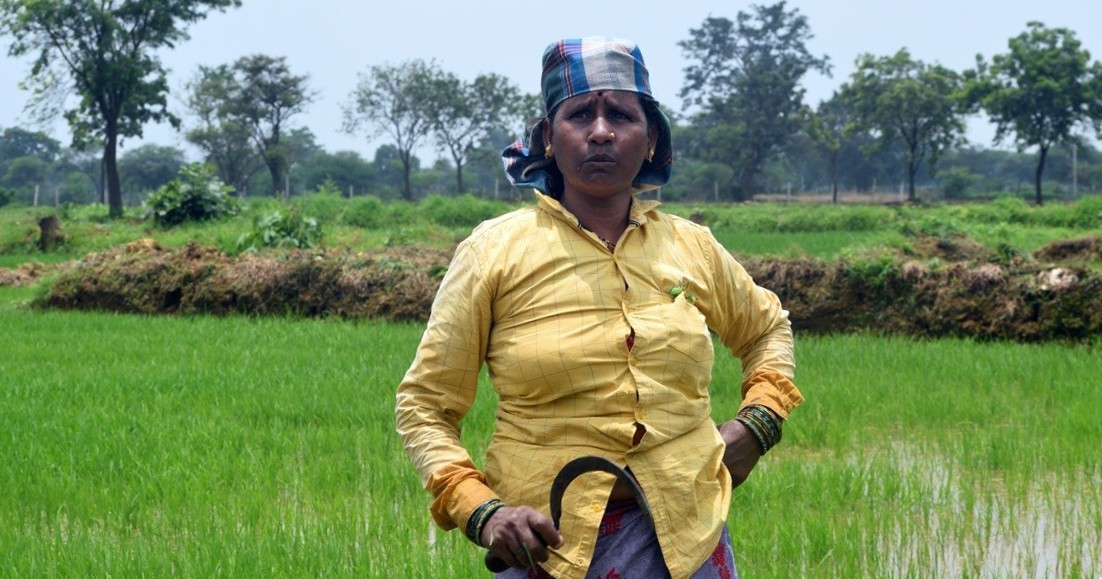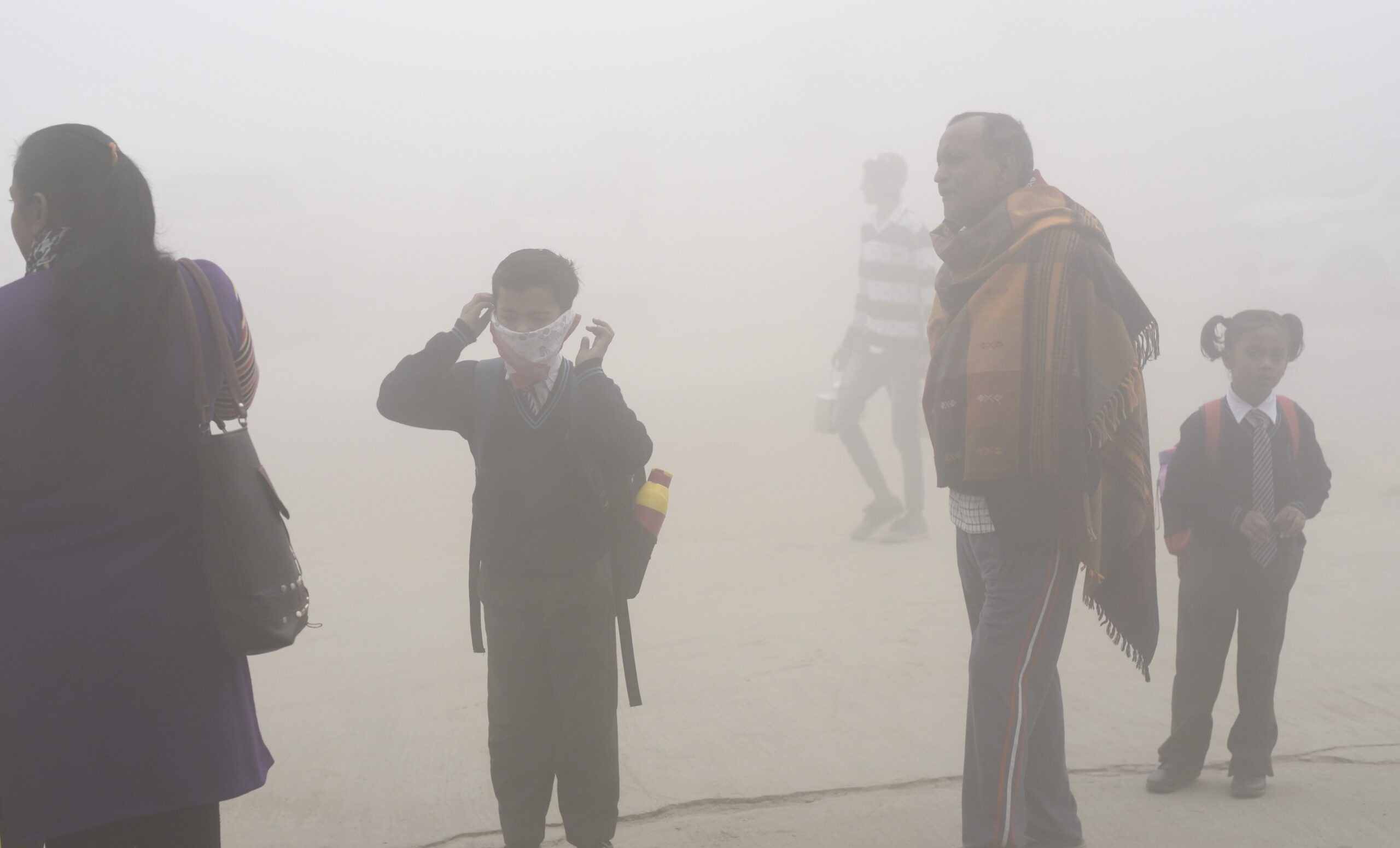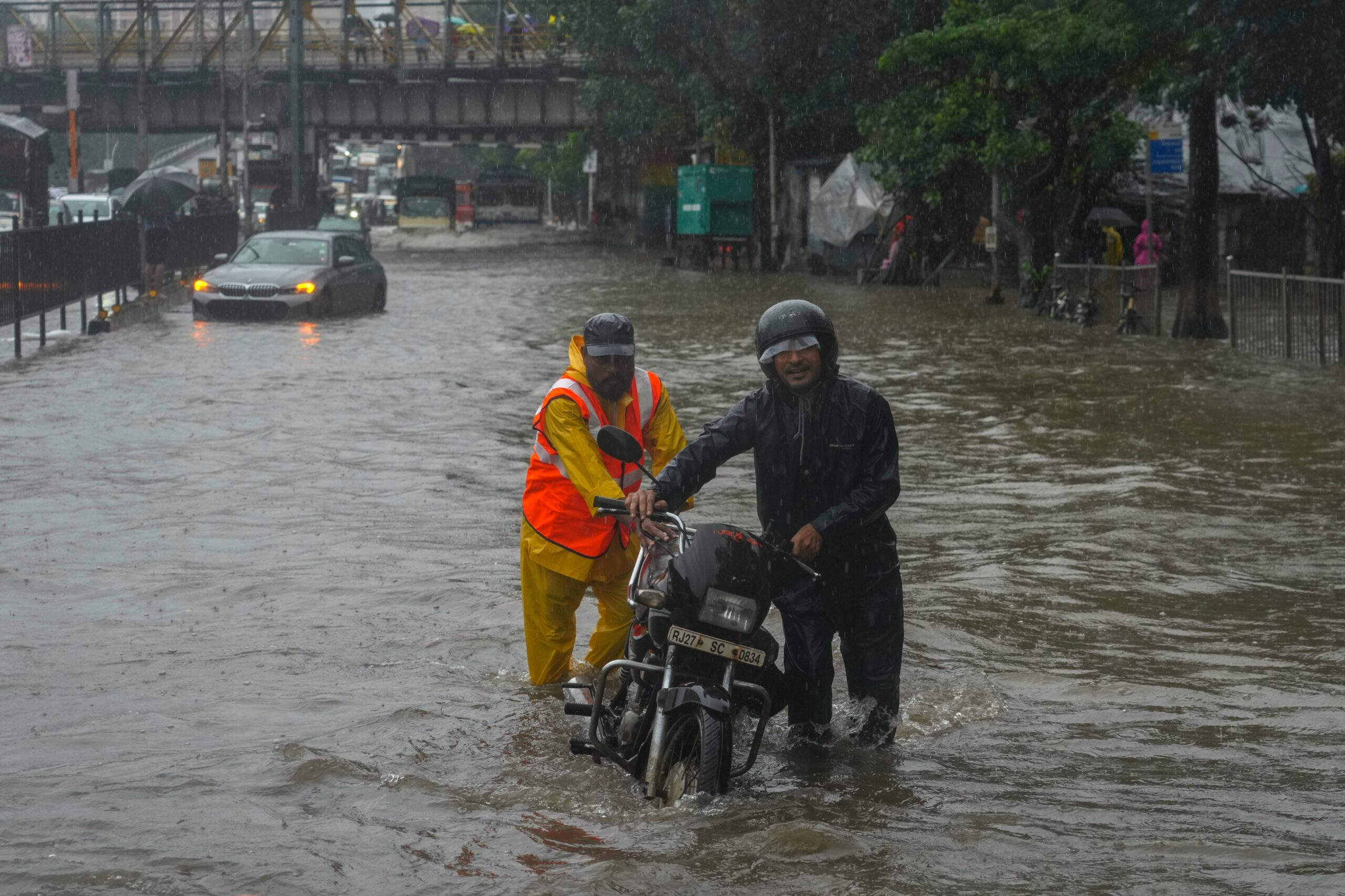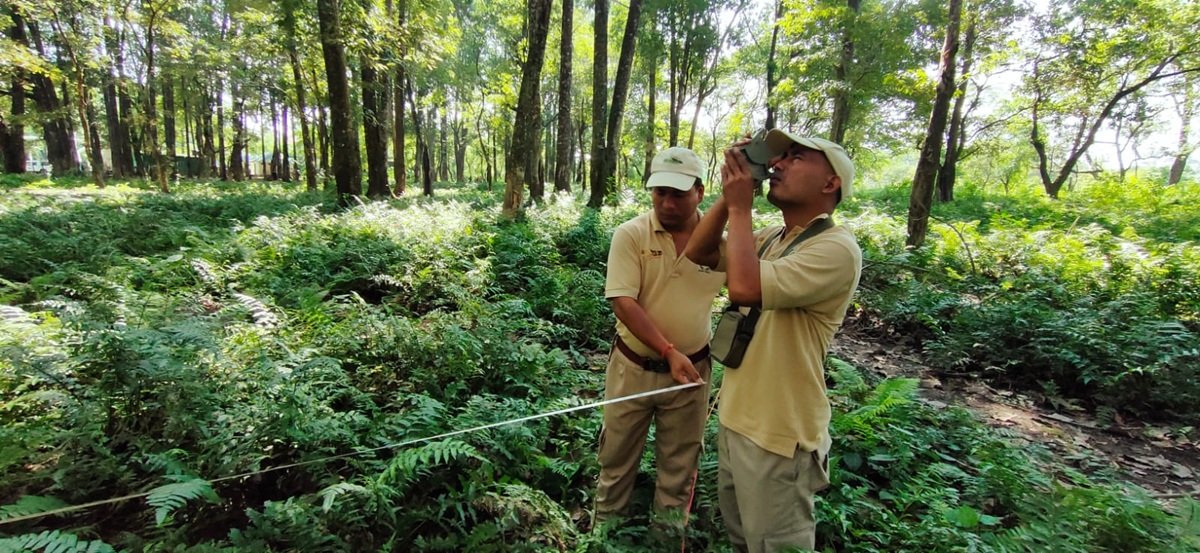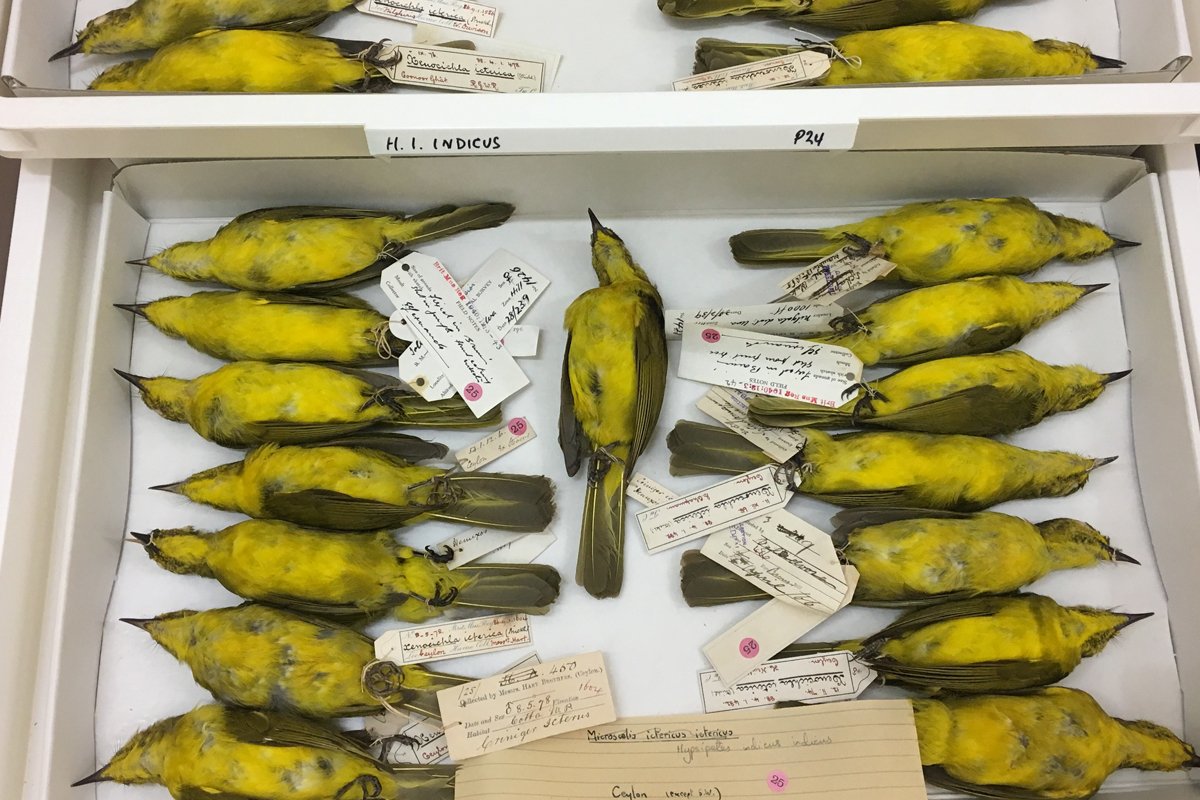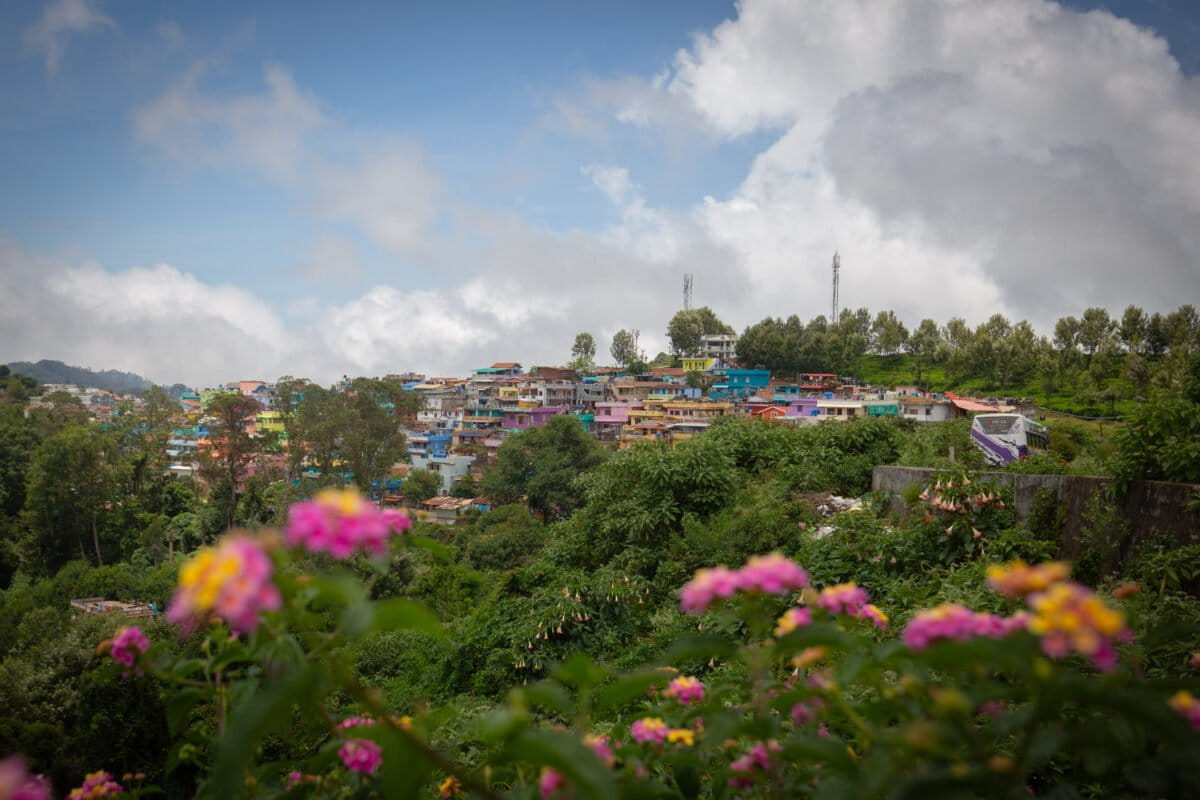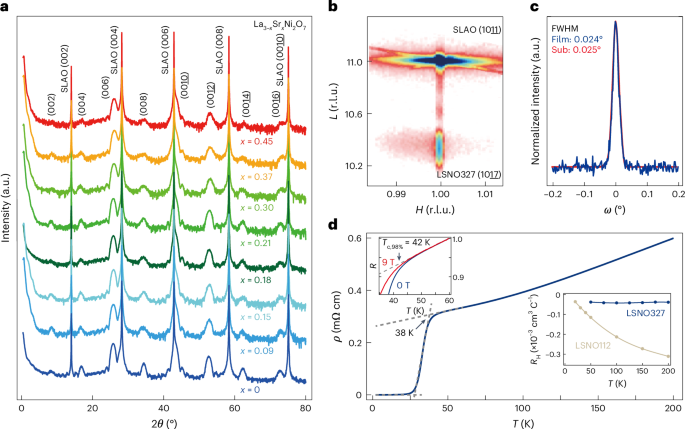
China has begun construction of a mega dam upstream of the Brahmaputra even as concerns about downstream impacts to India and Bangladesh remain unaddressed.
Chinese Premier Li Qiang made the announcement at a ceremony held in Nyingchi City on July 19, according to the state news portal Xinhua. “The project will consist of five cascade hydropower stations, with a total investment estimated at around 1.2 trillion yuan (about 167.8 billion U.S. dollars),” according to the Xinhua article.
Nyingchi City — located in Tibet (Xizang Autonomous Region) — is close to the river’s “great bend,” where the project is slated to come up. The mega dam is likely to leverage the water’s energy as the river passes through some of the world’s deep gorges along the great bend, before it enters India.
Once complete, the dam will become the world’s largest to date, with a capacity to generate 60,000 megawatts of power. While China has branded the mega dam a “green” project “promoting harmony between humanity and nature,” experts have said the project’s construction could be catastrophic for the region’s fragile ecology.
The government of Arunachal Pradesh, which borders Tibet, has also raised an alarm about the possible weaponisation of water. “It is going to cause an existential threat to our tribes and our livelihoods. It is quite serious because China could even use this as a sort of ‘water bomb’,” said chief minister Pema Khandu, in an interview to Press Trust of India.
The Indian government is racing to build its own dam on the Brahmaputra river — the 11,200-megawatt Siang Upper Multipurpose Project (SUMP) — in what is likely an attempt to secure territorial and water rights. The Indian dam’s proposed 9.2 billion cubic metres of water storage capacity will act as a “buffer,” in case the Chinese choose to engineer a deluge, the Indian government claims.
The project has drawn sharp opposition from the indigenous Adi tribe in Arunachal Pradesh, who stand to be displaced by the SUMP. “If this dam needs to be built in the name of national security, let it be done somewhere else,” Tarok Siram, a village leader told Mongabay India.
Until recently, the government said it was trying to resolve concerns about the Chinese dam through diplomatic channels. In January, Indian and Chinese officials had discussed the “resumption of provision of hydrological data and other cooperation pertaining to trans-border rivers,” the government revealed in Parliament.
Banner image: The Siang river in Arunachal Pradesh. Image by Hagen Desa/Mongabay.





























